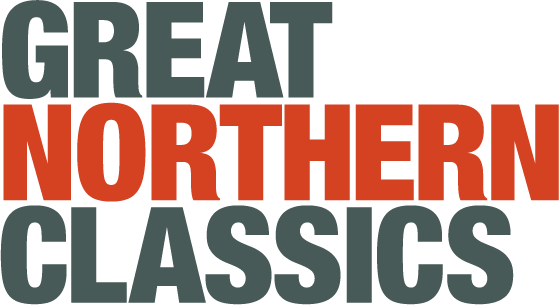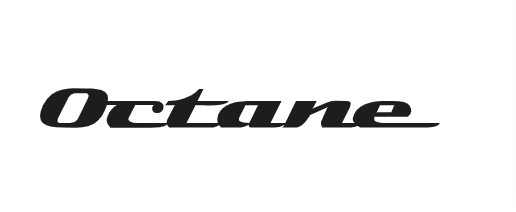Site History
Great Northern Classics is based at the former Victoria Ironworks foundry, which until recently served as the Rolls-Royce Heritage Centre.


This vast site – which encompasses four conjoined factory buildings – enables us to house a fully-equipped training school, workshops for around 30 specialists, a car storage area, exhibition and entertainment space, along with a number of small multi use units. The sheer scale of the Victoria Ironworks allows Great Northern Classics to operate as an efficient working site while serving as a destination attraction at the same time.
A heritage project in a heritage building
Victoria Ironworks has witnessed – and contributed to – some of the most momentous events of the twentieth century.
The foundry was built in the 1850s by Eastwood & Swingler Ltd, a five-man partnership which ran an extensive iron casting business. The company’s commissions included beams for Sydney Harbour Bridge, the market hall in Singapore, Bennerley Viaduct, railways in Japan, Sweden and St Petersburg and as many as 235 bridges in India. Much of this infrastructure still stands today – and it was cast here, at Victoria Ironworks.
In 1917 part of the building was requisitioned by the British Government as part of the war effort and Rolls-Royce moved in to support the large scale production of its Eagle engine.
The engine proved to be a game-changer producing more than half of the allies airborne horsepower and was used in around 50 different aircraft and airships during WW1. As many as 4681 Eagle engines were produced during this period at numerous sites, including Victoria Ironworks.

In 1924 Eastwood & Swingler Ltd ceased trading and in 1928 the ‘Swingler’ section (GNC’s building) of the Ironworks was converted into a bus garage and later, a trolley bus depot, for Derby Corporation.
Throughout this period Royce operated in the rest of Victoria Ironworks and during the Second World War used the site as the base for its research into large structural castings in magnesium alloys. This ultimately led to work on compressor castings for early centrifugal jet engines. Victoria Ironworks was home to this development.
The bus depot closed in 1961, whereupon Rolls-Royce took over the entire site, basing their light alloy foundry in the section of the site to be occupied by Great Northern Classics. Rolls-Royce used the foundry to produce advanced jet and gas turbine engine components throughout the Cold War, including the Spey engines which powered Thrust SSC to the current world land speed record of 763mph. Since 1981 the site has been home to the Rolls-Royce Heritage Trust.

The value of heritage buildings
The legacy of Britain’s industrial revolution lives on in buildings such as Victoria Ironworks. But the Ironworks is not merely a vestige of a bygone era – it is a vehicle for re-appropriation, stacked with social, financial and cultural potential.
Research by Historic England (2016) found the gross value of the heritage industry to be around £21.7bn. In the East Midlands alone the heritage industry contributes £1.26 bn to the local economy, generating as many as 22,000 jobs in the region.
Great Northern Classics’s plans for the Ironworks will further contribute to the East Midland’s economy. It will help revive the surrounding community, generate local jobs and create a cultural destination centre in the heart of Derby.

On the doorstep of great drives
Great Northern Classics is located just 16 miles from the Peak District National Park. This area of Outstanding Natural Beauty has whetted the appetites of drivers for decades with its abundance of scenic routes, such as the epic Winnat’s Pass.












